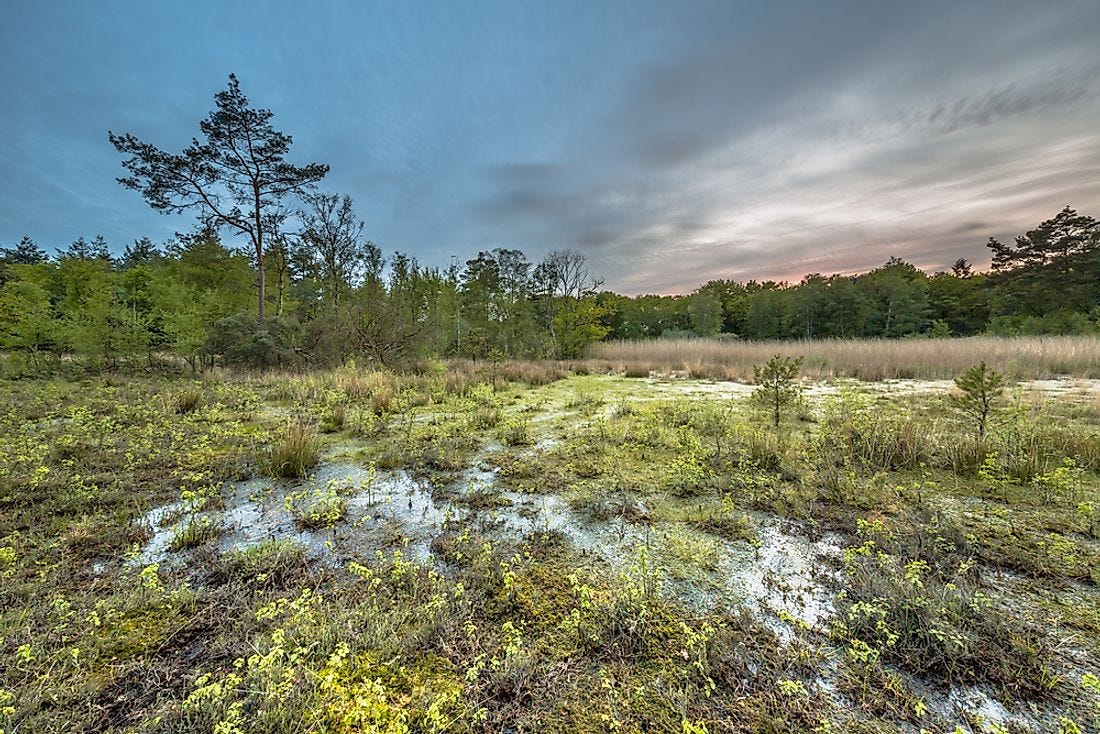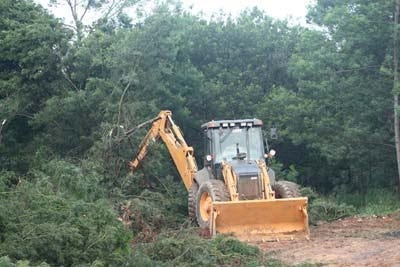Supreme Court v. Millions of Acres of Wetlands
The loss of wetlands in the United States has accelerated in the last 40 years; yesterday's Supreme Court ruling will only make matters worse.
This is an editorial.
In agribusiness boardrooms, in the business lounges of land developers and construction companies, in the offices of the folks who own golf courses, in all these places of great wealth, champagne corks are popping and people are rejoicing. Yesterday, May 25, 2023, the Supreme Court, the Court that was greatly molded by Mitch McConnell and Donald Trump, delivered, once again, for these corporate interests.
In the particulars of the case, Sackett v. Environmental Protection Agency, the Court ruled for an Idaho couple that wanted to put up a building on their property. That construction had been held up by the EPA. The agency said the construction would destroy wetland. I won’t go into the details of the case, which spans 15 years, because I’d just be rehashing what has already been written. The important thing here is that five of the justices went further than the parameters of the original case and ruled on the jurisdiction of the EPA. The decision, written by Justice Alito, altered the definition of a wetland (at least as far as the court is concerned), saying that a wetland needs to have a visible connection to a greater body of water, a lake or a stream for example, to fall under the protection of the Clean Water Act. As a result of this ruling, the Supreme Court opened up about half of the wetlands in the lower 48—millions of acres—to more pollutants and development.

The Clean Water Act was passed by Congress over 50 years ago because of the great harms and destruction that our waterways and wetlands had suffered for hundreds of years. According to Annie Proulx, in her book Fen, Bog & Swamp: A Short History of Peatland Destruction and Its Role in the Climate Crisis, the United States had destroyed half of its wetlands by 1980, with some states completely wiping them off their maps. Proulx goes on to say that in a span of only five years, from 2004 to 2009, an additional 62,300 acres of wetland were converted to agriculture or housing development. These additional wetlands were lost despite the protections of the Clean Water Act.
I read the decision as best I could yesterday. Even in the dissent by Justice Elena Kagan, there was no scope of the enormity of environmental problems that we face. Wetlands have been cursed as sources of “bad air”; swamps have been viewed as useless no man’s lands. Yet as we gain better understanding of them, we are learning that they perform an outsized function in carbon sequestration. Their ecosystems have great intrinsic value, supporting plant and animal species that occur nowhere else.1 According to the International Union for Conservation of Nature, wetlands are biodiversity hotspots. More destruction of our wetlands will only speed the rapid decline of species that is now being recognized.
In this decision, in which the Court said, basically, that “this is a wetland and that is not,” the five justices in the majority were in essence saying they know water, nature, and critters better than hydrologists and biologists.
My guess is even though the decision was made only yesterday, the bulldozers and earth-moving equipment are already fired up. The moneyed interests that fund the Federalist Society, the organization that has supported and groomed the present day conservative justices, have been champing at the bit to get this case before a conservative court, and they are not going to allow any time for states can develop wetland protections or communities to organize themselves to save local open spaces and habitat. (NOTE: Brent Kavenaugh, a Federalist Society Justice, to his credit did not side with the majority opinion.)
What to do? When Trump entered office, there was a great backlash. The Women’s March, formed in protest against Trump’s positions and general behavior as a world-class jerk, was the single largest protest in U.S. history. That energy and awareness dissipated, but the realities of Trump and his presidency continue to this day. We need to revitalize some of that energy. The particulars of fighting this type of anti-environmental, big-money legal decision are the same as they have been for decades: write your congressional representatives; join a good organization, a national one such as the Center for Biological Diversity or your local watershed organization; write letters to the editor; march; protest. Wetlands destruction is unacceptable even if it is sanctioned by the Supreme Court.
Freedman, Bill. "Wetlands." The Gale Encyclopedia of Science, edited by Katherine H. Nemeh and Jacqueline L. Longe, 6th ed., vol. 8, Gale, 2021, pp. 4778-4782. Gale In Context: Environmental Studies, link.gale.com/apps/doc/CX8124402634/GRNR?u=sddp_main&sid=bookmark-GRNR&xid=31a15663. Accessed 26 May 2023.







That's immensely frustrating. And a special kind of anti-science hubris that these judges think they are even remotely qualified to make such a judgement.